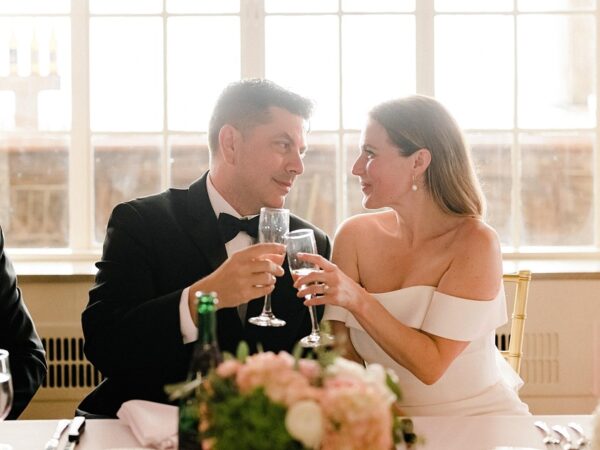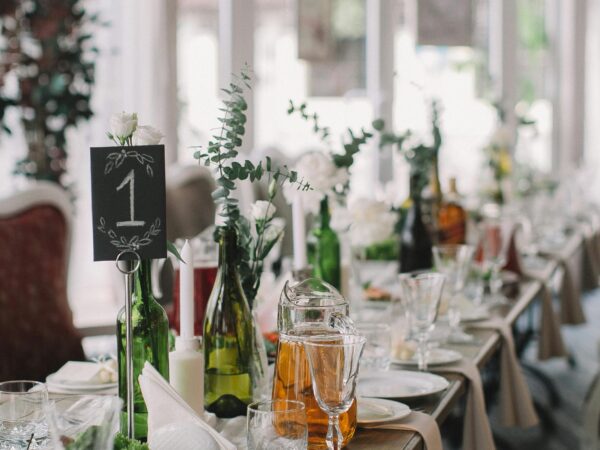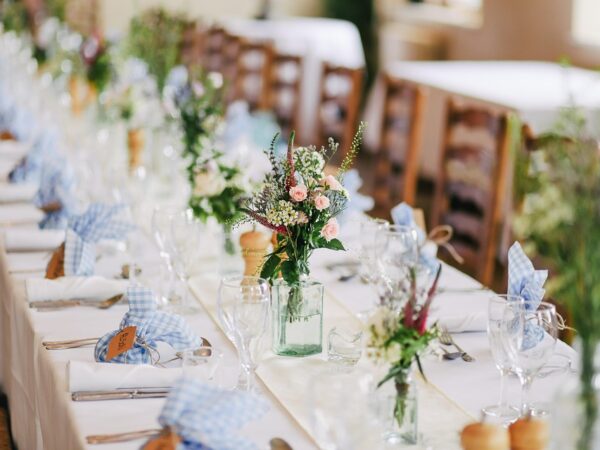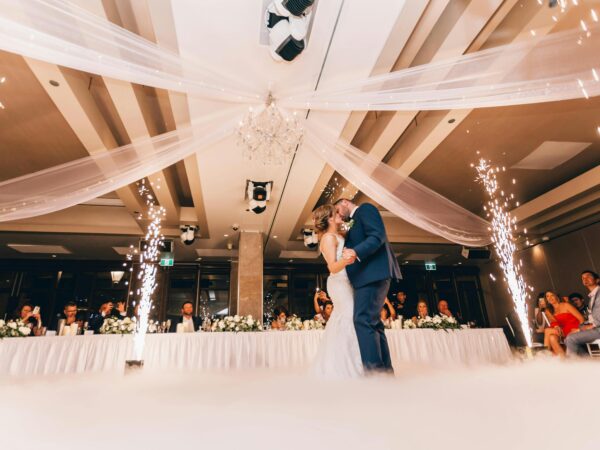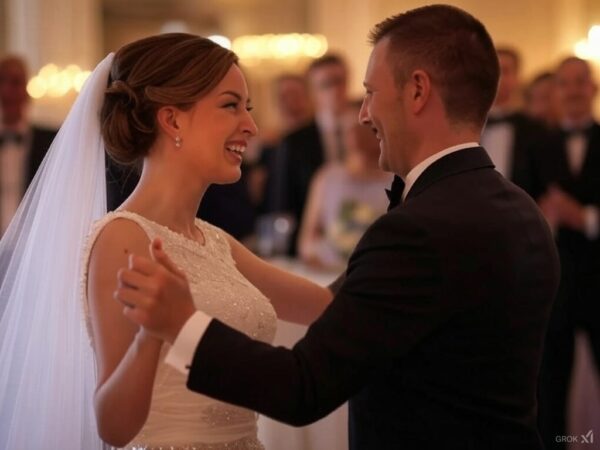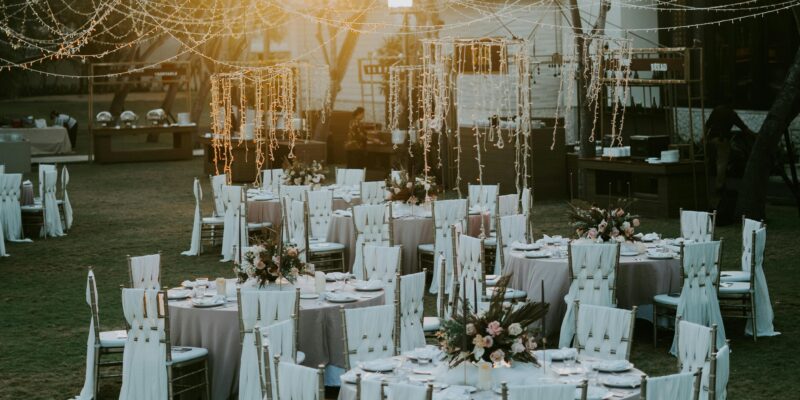
Mastering the Art of Reception Seating: Creating the Perfect Layout
Mastering the Art of Reception Seating: Creating the Perfect Layout
Planning a reception seating layout can be a daunting task, but with the right strategies in place, you can create a seamless and elegant seating arrangement that will impress your guests. From choosing the right tables and chairs to optimizing space and flow, mastering the art of seating is essential for a successful event. In this article, we will provide valuable tips and insights on how to create the perfect reception layout that will leave a lasting impression on your attendees.
Choosing the Right Tables and Chairs
When it comes to creating a reception seating layout, one of the most important decisions you will make is choosing the right tables and chairs. The size and shape of your tables will play a significant role in determining the overall layout of your event space. Round tables are ideal for creating a cozy and intimate atmosphere, while long rectangular tables are perfect for a more formal and structured setting. Consider the number of guests you will be hosting and the type of event you are planning when selecting the size and shape of your tables.
When it comes to chairs, comfort is key. Opt for chairs that are both stylish and comfortable to ensure that your guests are able to enjoy themselves throughout the event. Consider renting chiavari chairs for a touch of elegance or cushioned chairs for added comfort. Make sure to provide enough seating for all of your guests, and consider adding a few extra chairs to accommodate any unexpected attendees.
Optimizing Space and Flow
Creating a seamless flow in your reception seating layout is essential for ensuring that your guests are able to move around comfortably and interact with one another. Consider the placement of your tables and chairs to optimize space and create a natural flow throughout the event space. Avoid overcrowding tables or placing them too close together, as this can make it difficult for guests to navigate the room.
Consider creating designated areas for different activities, such as a dance floor, bar area, or photo booth. This will help to create a sense of organization and structure within your reception layout. Make sure to leave enough space between tables and chairs to allow for easy movement and conversation between guests.
Creating a Cohesive Design
When designing your reception layout, it is important to create a cohesive and visually appealing aesthetic that reflects the theme of your event. Consider incorporating elements such as table linens, centerpieces, and lighting to tie the design together and create a harmonious look throughout the space. Choose a color scheme that complements the overall theme of your event and consider incorporating elements of nature, such as flowers or greenery, to add a touch of elegance and sophistication.
Consider creating a reception seating chart to ensure that guests are seated with people they will enjoy interacting with. This can help to create a more enjoyable experience for your attendees and encourage conversation and networking throughout the event. Make sure to clearly label each table and assign seats to each guest to avoid any confusion or disorganization.
Addressing Common Questions
When planning a reception layout, there are several common questions that may arise. Here are a few of the most frequently asked questions and answers to help you navigate the process:
How can I maximize seating capacity in a small space?
To maximize seating capacity in a small space, consider using round tables instead of long rectangular tables. Round tables take up less space and allow for more flexibility in arranging seating. You can also consider using folding chairs or benches to save space and provide additional seating options.
How do I create a comfortable and inviting atmosphere?
To create a comfortable and inviting atmosphere, consider incorporating elements such as soft lighting, cozy seating options, and natural elements such as flowers or greenery. Make sure to provide plenty of seating options and create designated areas for different activities to encourage interaction and conversation among guests.
What is the best way to organize a seating chart?
When organizing a seating chart, consider grouping guests based on common interests or relationships. Assign seats strategically to ensure that guests are seated with people they will enjoy interacting with. Make sure to clearly label each table and assign seats to each guest to avoid any confusion or disorganization.
Conclusion and Final Reception Seating Tips
Creating the perfect reception seating layout requires careful planning and attention to detail. By choosing the right tables and chairs, optimizing space and flow, and creating a cohesive design, you can create a seamless and elegant seating arrangement that will impress your guests. Addressing common questions and providing valuable tips and insights will help you to master the art of seating and create a memorable event that your attendees will never forget.
Remember to consider the size and shape of your tables, the comfort of your chairs, and the overall flow of your reception layout. By following these tips and strategies, you can create a stunning and inviting atmosphere that will leave a lasting impression on your guests. Mastering the art of seating is essential for creating a successful event, so take the time to plan and design a reception seating layout that will exceed your guests’ expectations.


